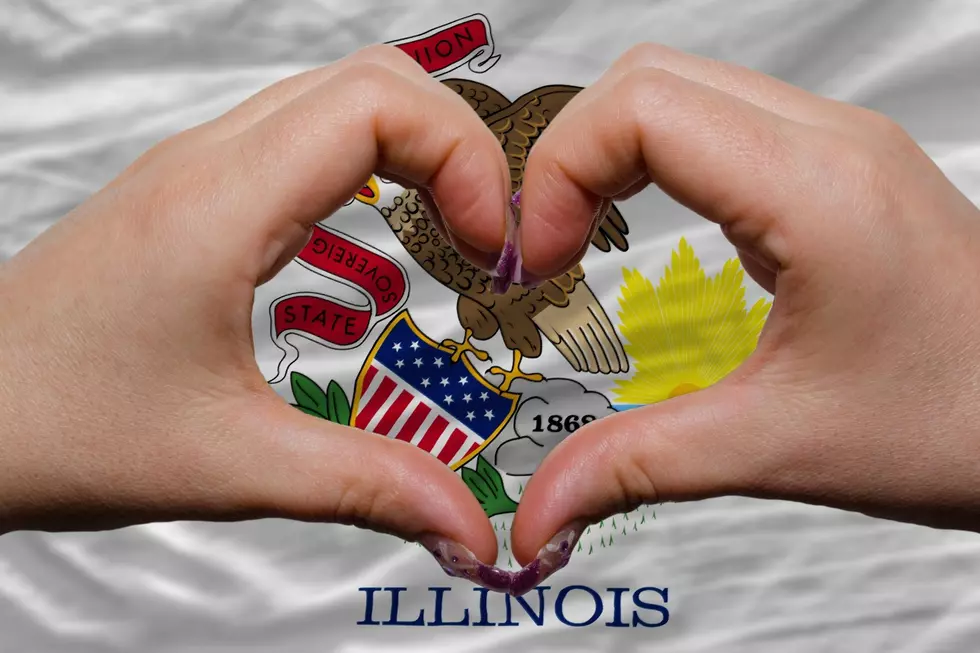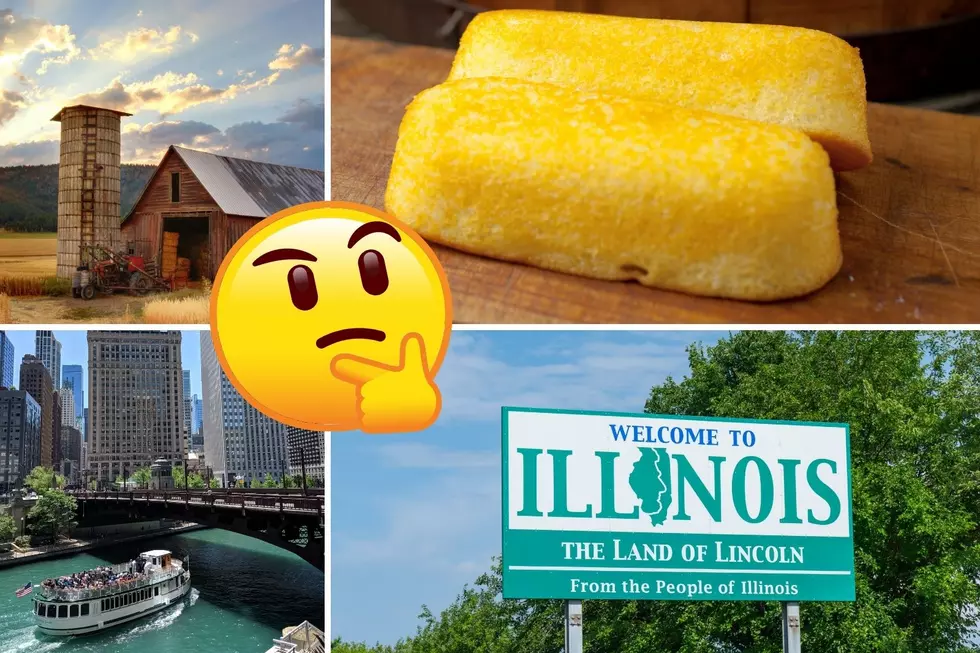
Don’t Forget To Turn Clocks Back This Weekend
Daylight Saving Time (DST) was first enacted by the federal government March 19, 1918, during World War I, as a way to conserve coal.
Now, DST has come to the end of another 8-month run. At least it will Sunday morning at 2am.
While you're complaining about the questionable benefits of continuing our "Spring Ahead--Fall Back" cycle, here are a couple of things you may not have known about our twice-annual time adjustments:
- Daylight Saving Time didn't become a federal law until 1966, with passage of the Uniform Time Act.It established daylight saving time from the last Sunday of April through the last Sunday of October.
- After one change in 1987, the period was further extended in 2007, pushing it through the first Sunday of November. The U.S. Department of Transportation is in charge of time in the U.S., including time zones and Daylight Saving Time.
- Only two states don't observe it – Hawaii and Arizona. Other non-observers include American Samoa, Guam, Puerto Rico and the Virgin Islands.
- Parts of Indiana didn't observe Daylight Saving time until 2006, when it became a law statewide.
- Federal law does allow states to remain in standard time all year, but states must first get approval from Congress before making daylight saving time permanent.
- Alabama, Arkansas, Florida, Nevada, Oregon, Tennessee and Washington have approved legislation to make daylight saving time year-round, though they still would need federal approval.
Here's something that you probably already know: most people hate changing the clocks twice a year.
More From WROK 1440 AM / 96.1 FM









